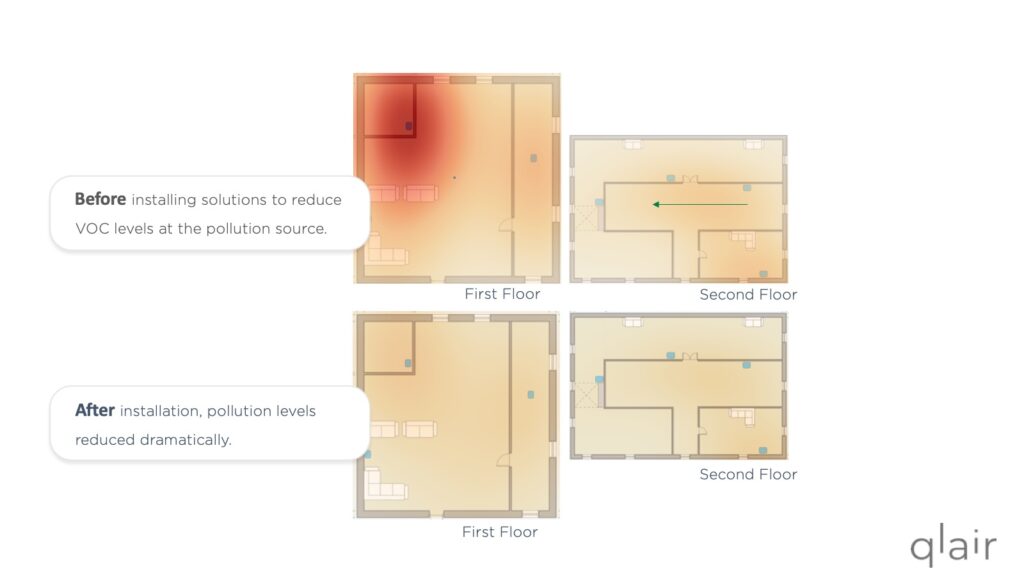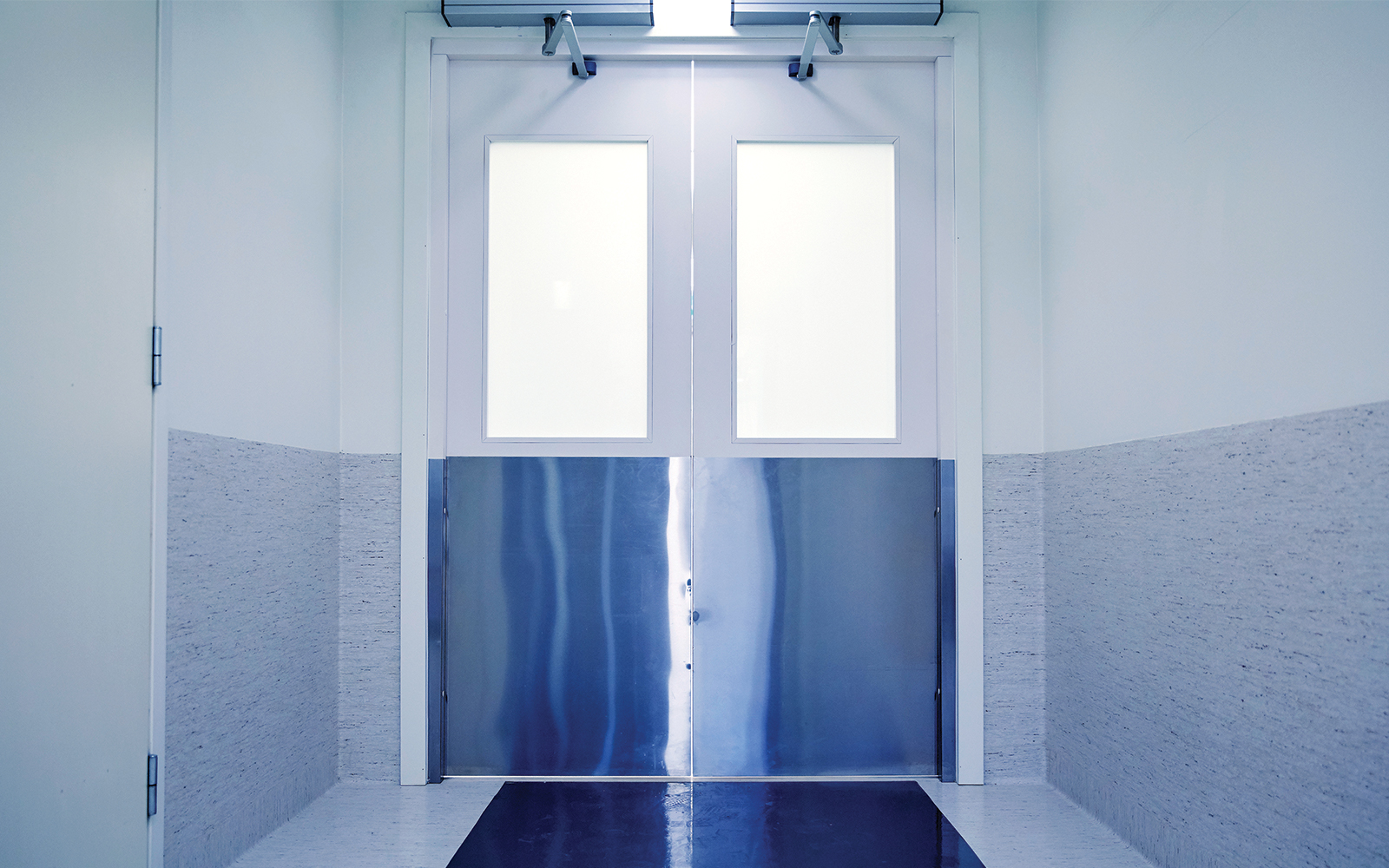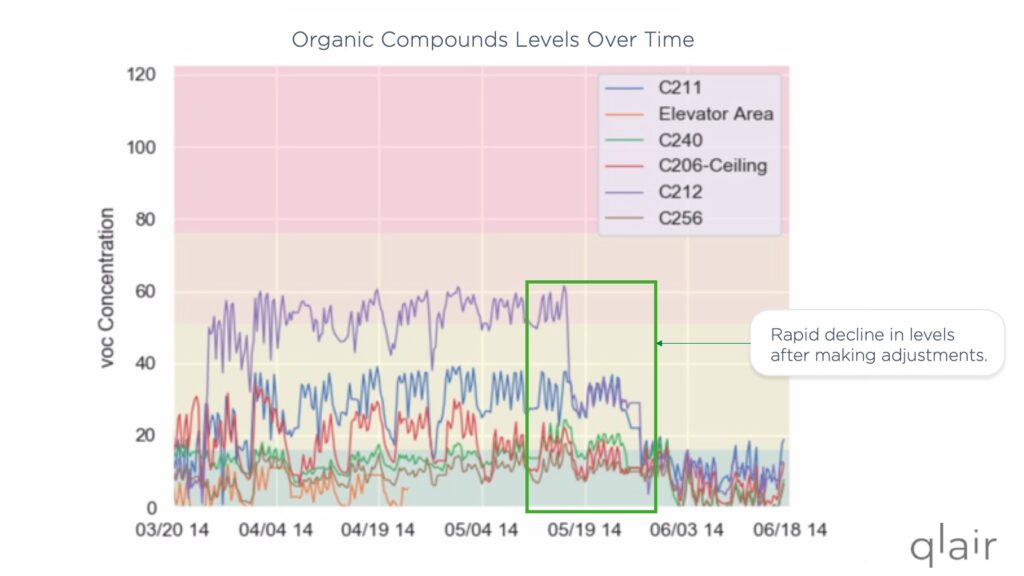Background
Proper indoor air quality management can save your hospital thousands in energy every year, while making your indoor environment healthier and increasing employee performance. Savings for hospitals can be immense, as the 2003 CBEC Survey identified that hospitals spend 10 times more on energy than other building types, which can equate to $8.8 billion in energy costs per year. Optimizing your HVAC system and properly monitoring your indoor air quality can ensure you’re using the correct filter with the correct scheduling. In addition, knowing when and where the problem areas are can allow you to make advanced decisions on your ventilation efforts.
Hospitals, being some of the most at-risk facilities for poor indoor air quality, can have heavy exposure to harmful chemicals and airborne bacteria that cause illness and discomfort. These issues can be solved by proper ventilation and data tracking.
In fact, a study done by ASHRAE found indoor air quality that was improved by appropriate ventilation reduced acute respiratory illnesses by up to 76 percent.
This can be attributed to data collected from the same research, concluding that there was a higher concentration of Carbon Dioxide and VOCs inside urban hospitals than outdoors. Running your HVAC system properly and monitoring your indoor air quality can allow you to attack these problems at the source in the most cost-efficient manner.
The Client
Recently, our team at qlair worked with a hospital that was in need of indoor air quality and monitoring, due to employee complaints of odor and poor ventilation. The pathology lab team had noticed about an unpleasant chemical smell, and there were even tenants from other floors complaining e of the strong odor. They needed better insight into the situation and contacted our team at qlair to help.
Identifying the Source
First, our experts conducted a walk-through of the facility to identify potential sources of the pollutant at work. They look in every area, including storage closets, different sections of the lab, and other parts of the facility to make sure everything follows proper indoor air quality protocol. During this audit, we found the first potential at-risk area, the storage room containing various chemicals.
Based on our assessment, it was clear that the room was not properly ventilated, and chemical containers had been left open or their lids were not tightly shut. This was immediately taken note of, and was the first suspect for which the pollution was possible.
Sensor Installation and Testing
With a lead on the potential problem area, qlair began its installation process. Three sensors were installed – one in the chemical storage room, another in the lab area, and the third in the office area of the facility. It was time to wait and allow for our backend solution to gather data from the sensors, comparing different VOC levels to the different areas of the facility. After a few weeks of letting the data do the work, qlair was able to generate a graph comparing the various pollutant concentrations. The results were most telling.
 Results and Improvements
Results and Improvements
From the data collected, qlair confirmed that the problem resided within the storage closet. Data showed significantly higher levels of VOC concentration in the storage closet when compared to all other areas, during all times of the day. Other areas that were at problem levels were also identified during this time, although none matched the significance of the storage room.
Given this data, qlair was able to provide an actionable solution to the client, which not only completely eliminated the issue in the storage room, but also returned all areas of the lab to the correct levels of VOC concentration.
Why We’re Different
In the end, qlair identified both the area and issue causing the unpleasant odor. We used our end-to-end digital solution in order to provide a solution for the problem, which led to great success for the lab’s indoor air quality as a whole. Most digital solutions can only set up sensors and gather data, which can let you know when pollutants are at unsafe levels but do not provide actionable insights. qlair identifies, the problem and provides solutions to optimize your building.
Learn More
Find out more about qlair by contacting us and scheduling a demo with our team.



